Laurent Bougrain
INRIA Nancy - Grand Est / LORIA
From the decoding of cortical activities to the control of a JACO robotic arm: a whole processing chain
Dec 01, 2012
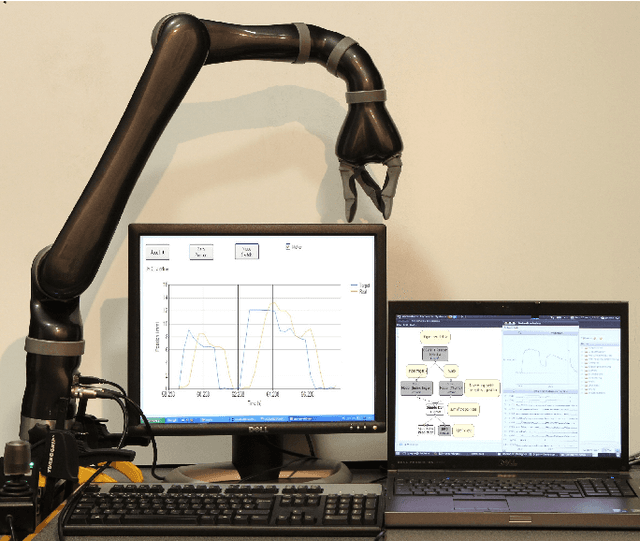
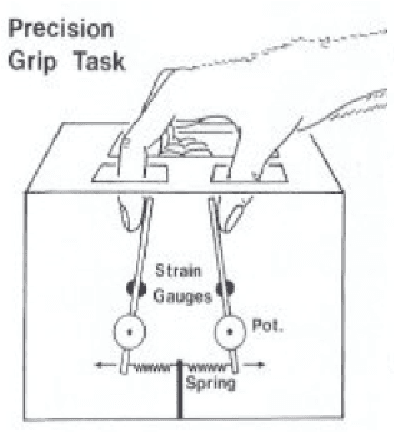
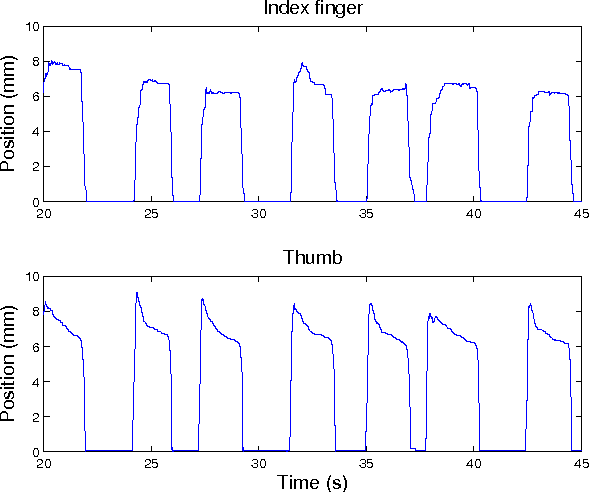
Abstract:This paper presents a complete processing chain for decoding intracranial data recorded in the cortex of a monkey and replicates the associated movements on a JACO robotic arm by Kinova. We developed specific modules inside the OpenViBE platform in order to build a Brain-Machine Interface able to read the data, compute the position of the robotic finger and send this position to the robotic arm. More pre- cisely, two client/server protocols have been tested to transfer the finger positions: VRPN and a light protocol based on TCP/IP sockets. According to the requested finger position, the server calls the associ- ated functions of an API by Kinova to move the fin- gers properly. Finally, we monitor the gap between the requested and actual fingers positions. This chain can be generalized to any movement of the arm or wrist.
Combining Supervised and Unsupervised Learning for GIS Classification
May 14, 2009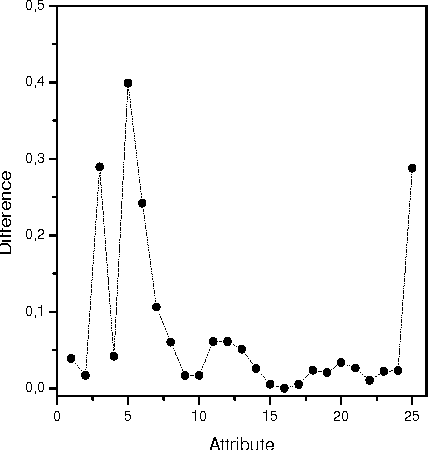
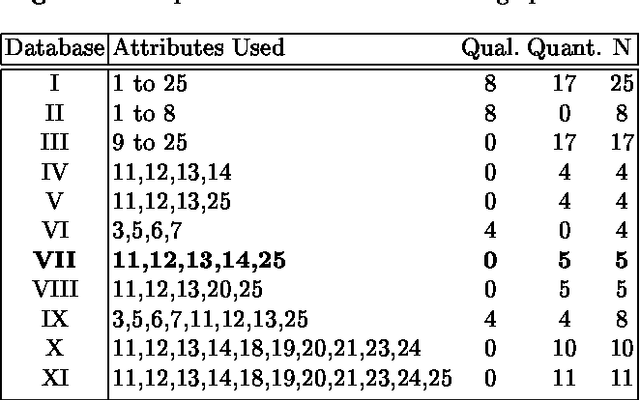
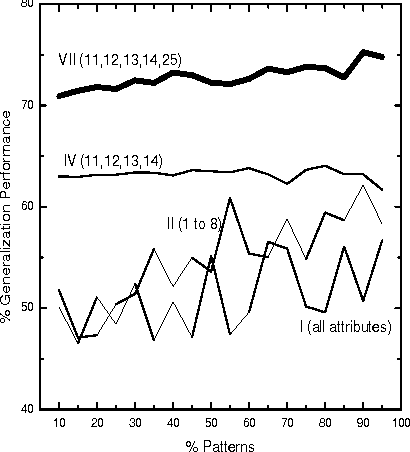
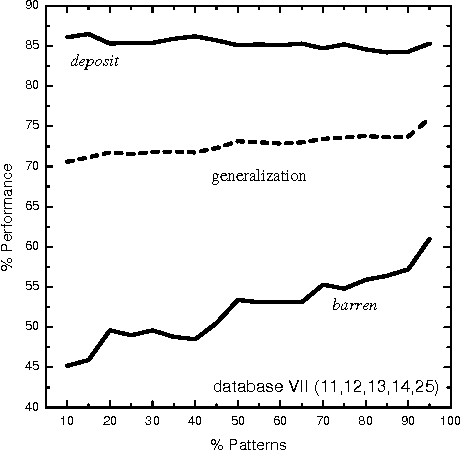
Abstract:This paper presents a new hybrid learning algorithm for unsupervised classification tasks. We combined Fuzzy c-means learning algorithm and a supervised version of Minimerror to develop a hybrid incremental strategy allowing unsupervised classifications. We applied this new approach to a real-world database in order to know if the information contained in unlabeled features of a Geographic Information System (GIS), allows to well classify it. Finally, we compared our results to a classical supervised classification obtained by a multilayer perceptron.
Neuronal Spectral Analysis of EEG and Expert Knowledge Integration for Automatic Classification of Sleep Stages
Oct 26, 2005Abstract:Being able to analyze and interpret signal coming from electroencephalogram (EEG) recording can be of high interest for many applications including medical diagnosis and Brain-Computer Interfaces. Indeed, human experts are today able to extract from this signal many hints related to physiological as well as cognitive states of the recorded subject and it would be very interesting to perform such task automatically but today no completely automatic system exists. In previous studies, we have compared human expertise and automatic processing tools, including artificial neural networks (ANN), to better understand the competences of each and determine which are the difficult aspects to integrate in a fully automatic system. In this paper, we bring more elements to that study in reporting the main results of a practical experiment which was carried out in an hospital for sleep pathology study. An EEG recording was studied and labeled by a human expert and an ANN. We describe here the characteristics of the experiment, both human and neuronal procedure of analysis, compare their performances and point out the main limitations which arise from this study.
 Add to Chrome
Add to Chrome Add to Firefox
Add to Firefox Add to Edge
Add to Edge